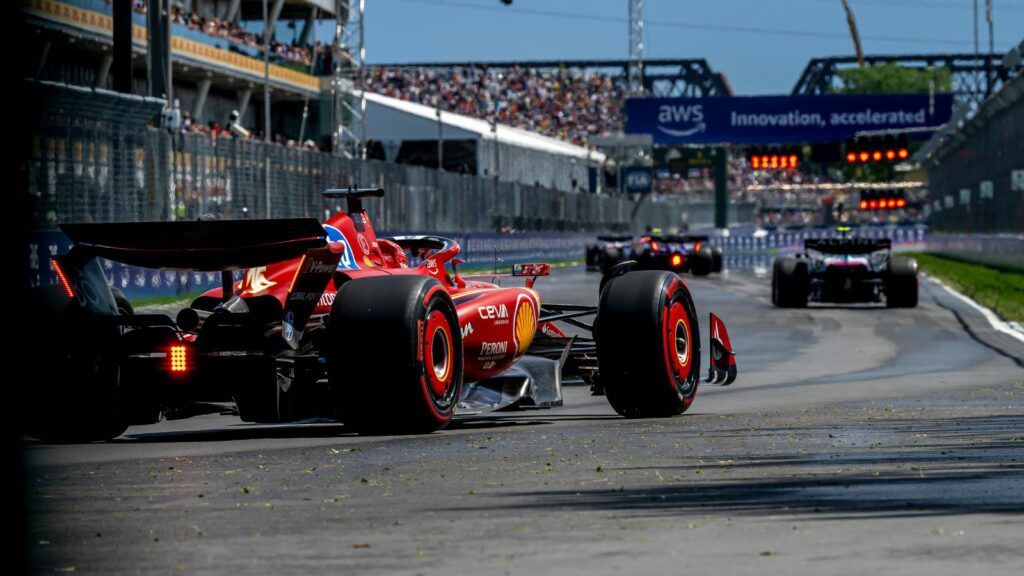In motorsports, certain race cars have etched their names into the annals of history, not just for their speed but for the stories behind their victories and defeats. From record-breaking feats to near-mythical comebacks, these machines are as legendary as the drivers who tamed them. Here are 12 iconic race cars that have left an indelible mark on the track.
Porsche 917
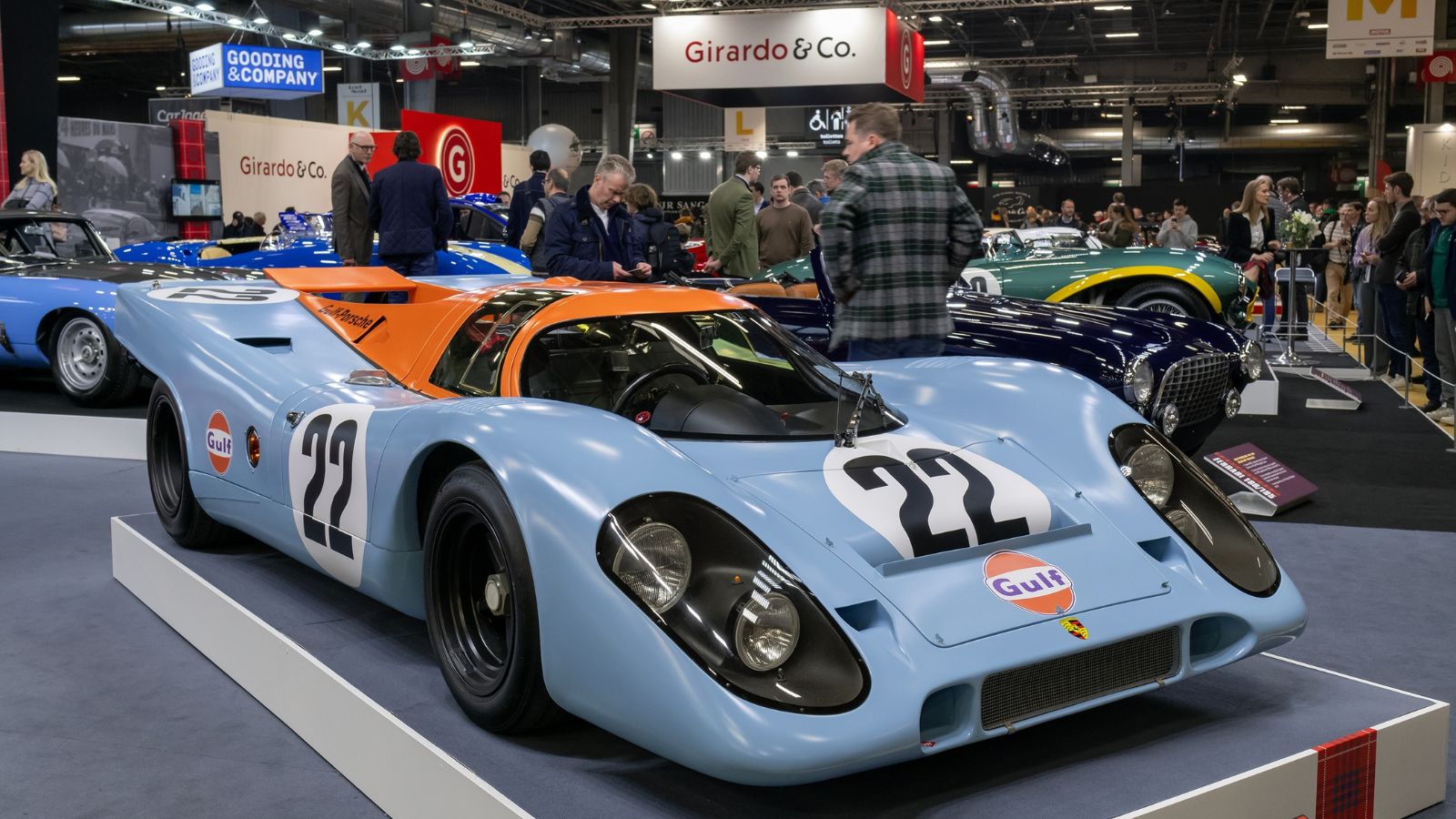
Debuting in 1969, the 917 was Porsche’s ticket to the endurance racing big leagues. It wasn’t an instant success, though. The first models were notoriously difficult to drive, with handling quirks that made even the bravest drivers sweat buckets. But once Porsche dialed in the aerodynamics and tamed the beast, the 917 became unstoppable. In 1970 and 1971, the 917 dominated Le Mans, establishing Porsche as a powerhouse in endurance racing. The car also set a blistering top speed of 240 mph, a record that stood for decades.
Ford GT40
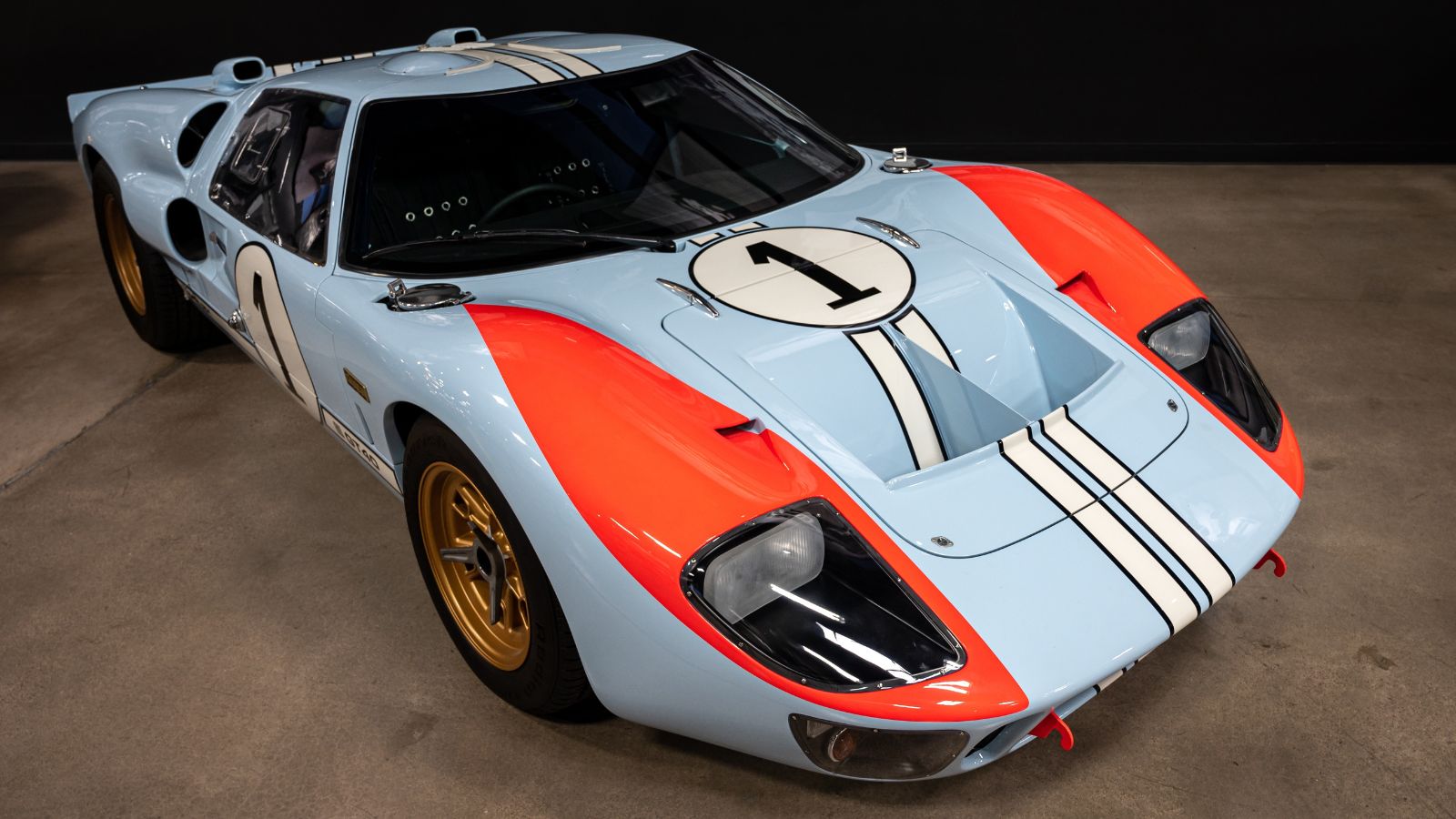
Imagine being so petty that you build an entire race car to get back at someone. That’s the origin story of the Ford GT40. In the 1960s, after a failed attempt to buy a Ferrari, Henry Ford II hit Enzo Ferrari where it hurt: on the racetrack. The GT40 was born out of this vendetta and accomplished the unthinkable—winning the 24 Hours of Le Mans four years in a row, from 1966 to 1969, breaking Ferrari’s stranglehold on the race. The GT40’s victory in 1966 is particularly famous, as it secured a 1-2-3 finish, a nightmare photo-op for Enzo Ferrari.
Audi Quattro

When Audi rolled out the Quattro in the early 1980s, it was like handing a cheat code to rally drivers. The Quattro was the first car to effectively use the all-wheel drive in rallying, a game-changing innovation that made its competitors look like they were driving on banana peels. The car dominated the World Rally Championship, winning titles in 1982 and 1984. Its success was so overwhelming that it forced the entire sport to rethink car design. Today, all-wheel drive is standard in rally racing, but back then, the Quattro was the disruptive newcomer that turned the motorsport world on its head.
McLaren MP4/4
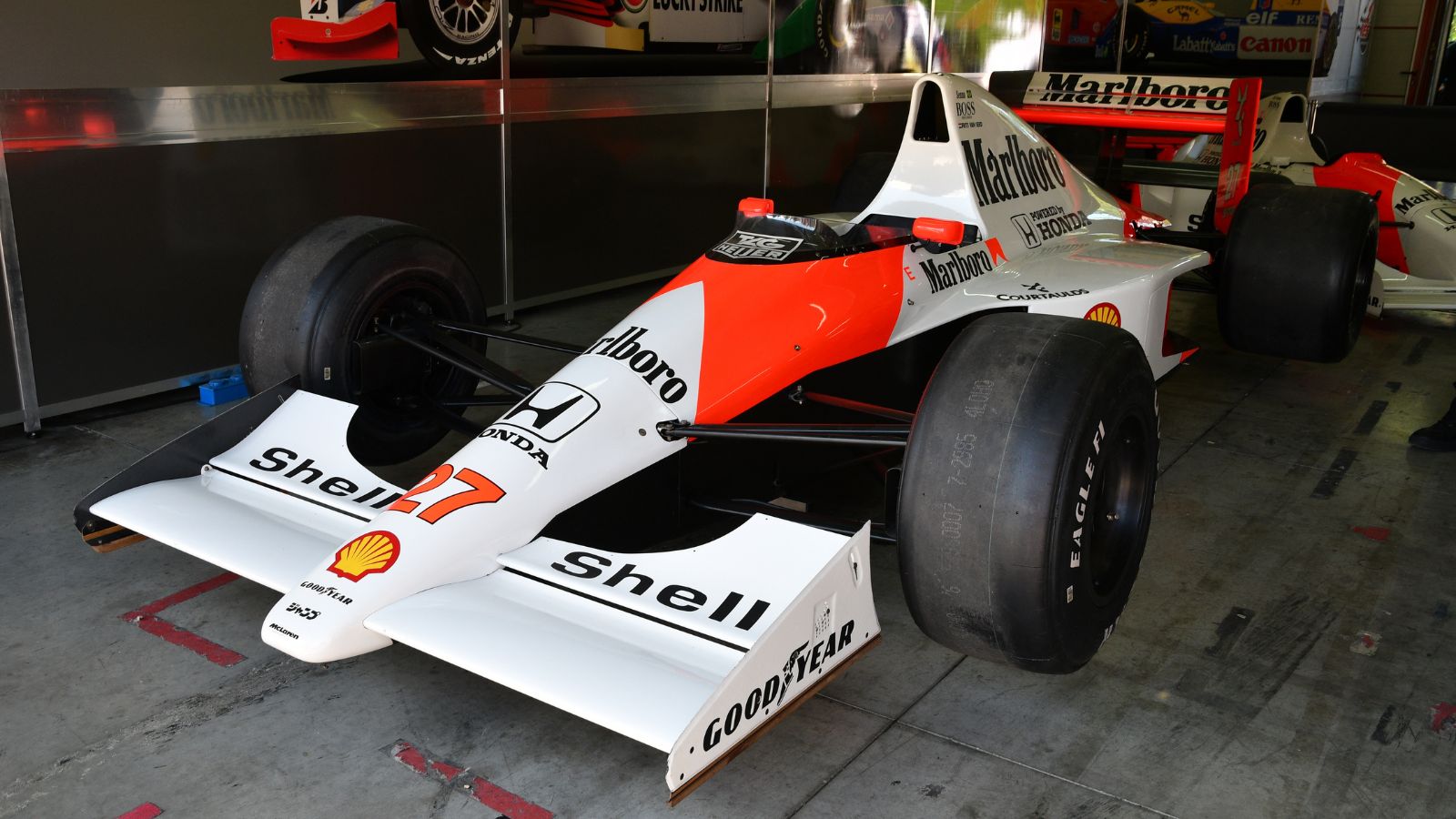
The McLaren MP4/4 is the automotive equivalent of that person who gets 100% on every exam. In the 1988 Formula 1 season, this car, driven by Ayrton Senna and Alain Prost, won 15 out of 16 races, a record that still stands. Designed by the legendary Gordon Murray, the MP4/4 had a low profile, Honda’s turbocharged V6 engine, and a chassis that seemed to defy physics. Senna and Prost’s rivalry added a dramatic flair to the car’s dominance, making it a technical marvel and a vehicle of intense human drama. Today, the MP4/4 is revered as one of the greatest F1 cars ever built.
Ferrari 250 GTO
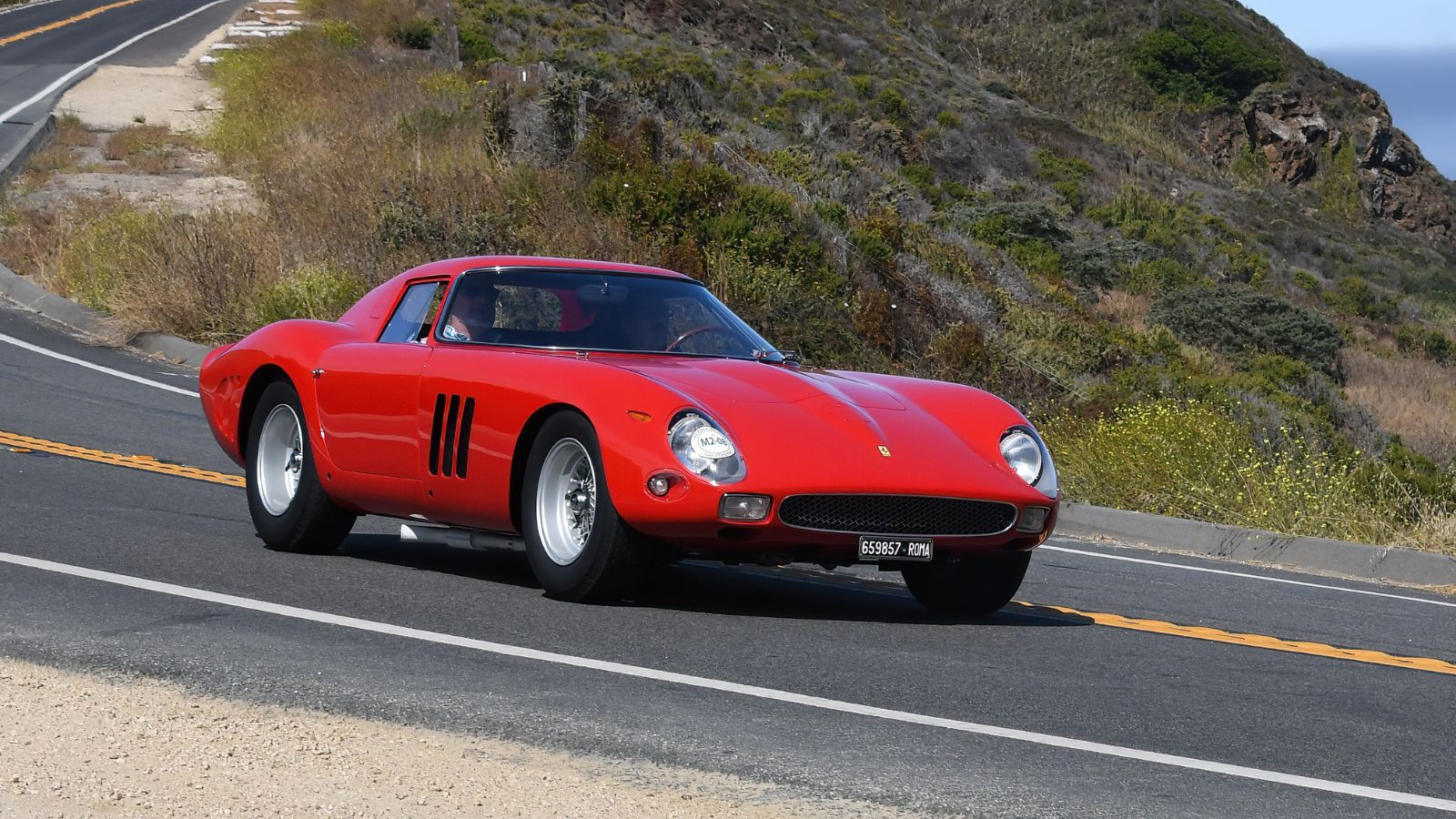
The Ferrari 250 GTO is less a car and more a rolling piece of art that happens to be really, really fast. Built between 1962 and 1964, only 36 of these beauties were ever made, making them some of the most sought-after cars in the world. The GTO was a force on the track, winning numerous races, including the Tour de France Automobile, three years in a row. But what makes it genuinely legendary is its value today. In 2018, a 250 GTO was sold at auction for a jaw-dropping $70 million, making it the most expensive car ever sold.
Lancia Stratos

The Lancia Stratos is the automotive equivalent of that kid who never listens to the rules but always comes out on top. Explicitly designed for rally racing, the Stratos was short, wide, and had a wedge shape that looked like it could slice through the air. And slice it did, winning the World Rally Championship thrice from 1974 to 1976. Powered by a Ferrari V6 engine, the Stratos was as fast as it was nimble, dominating both tarmac and gravel. Its unique design and unbeatable performance have made it a rallying icon, inspiring countless imitators but never genuinely being matched.
Nissan Skyline GT-R (R32)
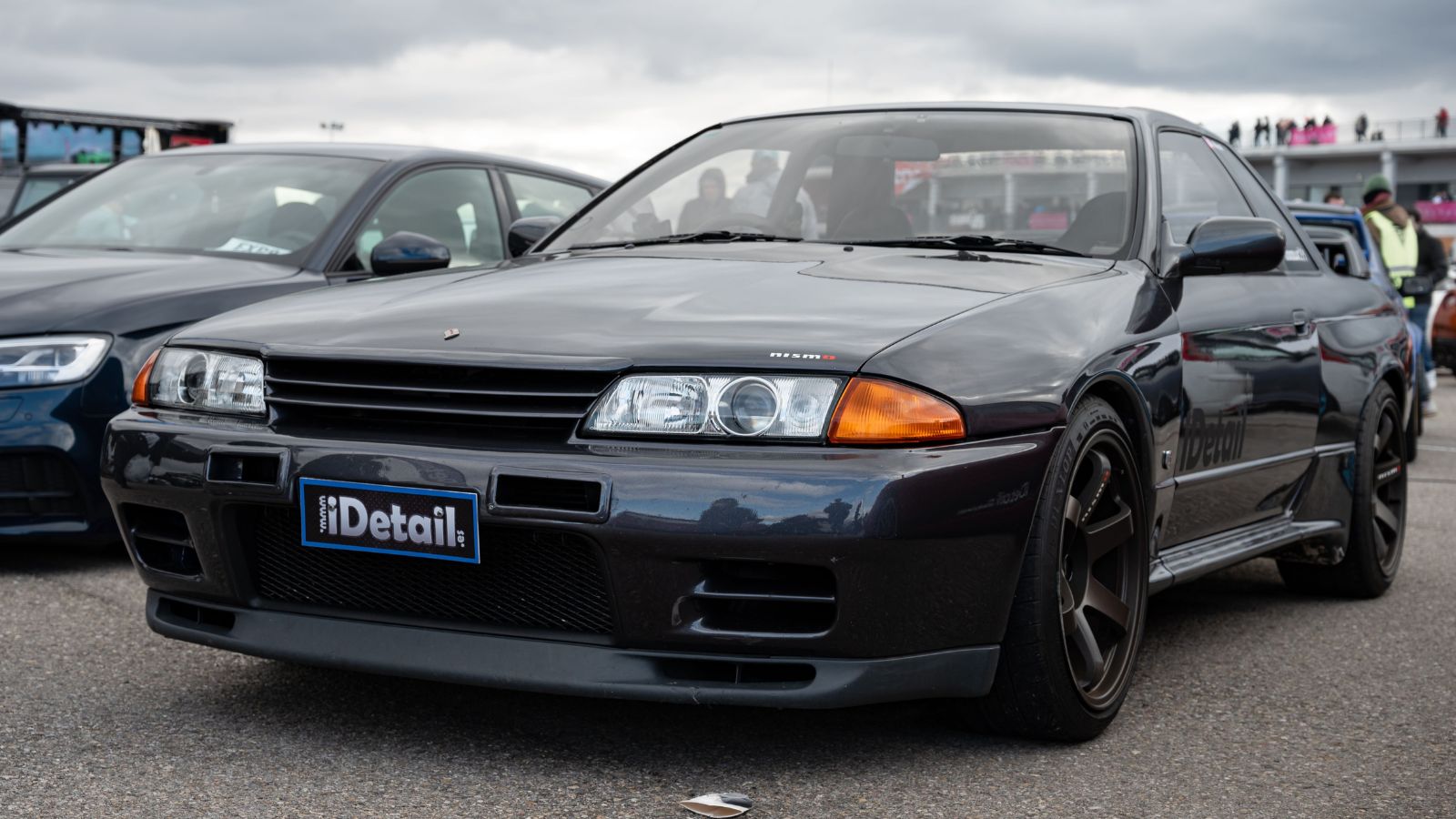
The Nissan Skyline GT-R R32, affectionately known as “Godzilla,” proves that sometimes the monster is invincible. This car dominated the Japanese Touring Car Championship in the early 1990s, winning 29 out of 29 races from 1990 to 1993. It was so good that it was eventually banned for being too dominant. The R32’s all-wheel-drive system and turbocharged inline-six engine made it a beast on the track, earning its Godzilla nickname. Even today, the R32 GT-R is revered in car culture as a symbol of Japanese engineering at its finest.
Mercedes-Benz W196

In the 1950s, the Mercedes-Benz W196 was the Formula 1 car to beat, and by “beat,” we mean “dream about beating in your wildest fantasies.” The W196, driven by legends like Juan Manuel Fangio, won 9 out of 12 races in the 1954 and 1955 seasons, securing back-to-back World Championships. What set the W196 apart was its advanced technology, including fuel injection and a streamlined body that made it look like a spaceship among earthbound cars. Unfortunately, the W196’s reign was cut short after the 1955 Le Mans disaster, leading Mercedes to withdraw from motorsports for decades. But for those two glorious years, the W196 was the king of the track, a silver bullet that could outrun anything in its path.
Toyota TS050 Hybrid
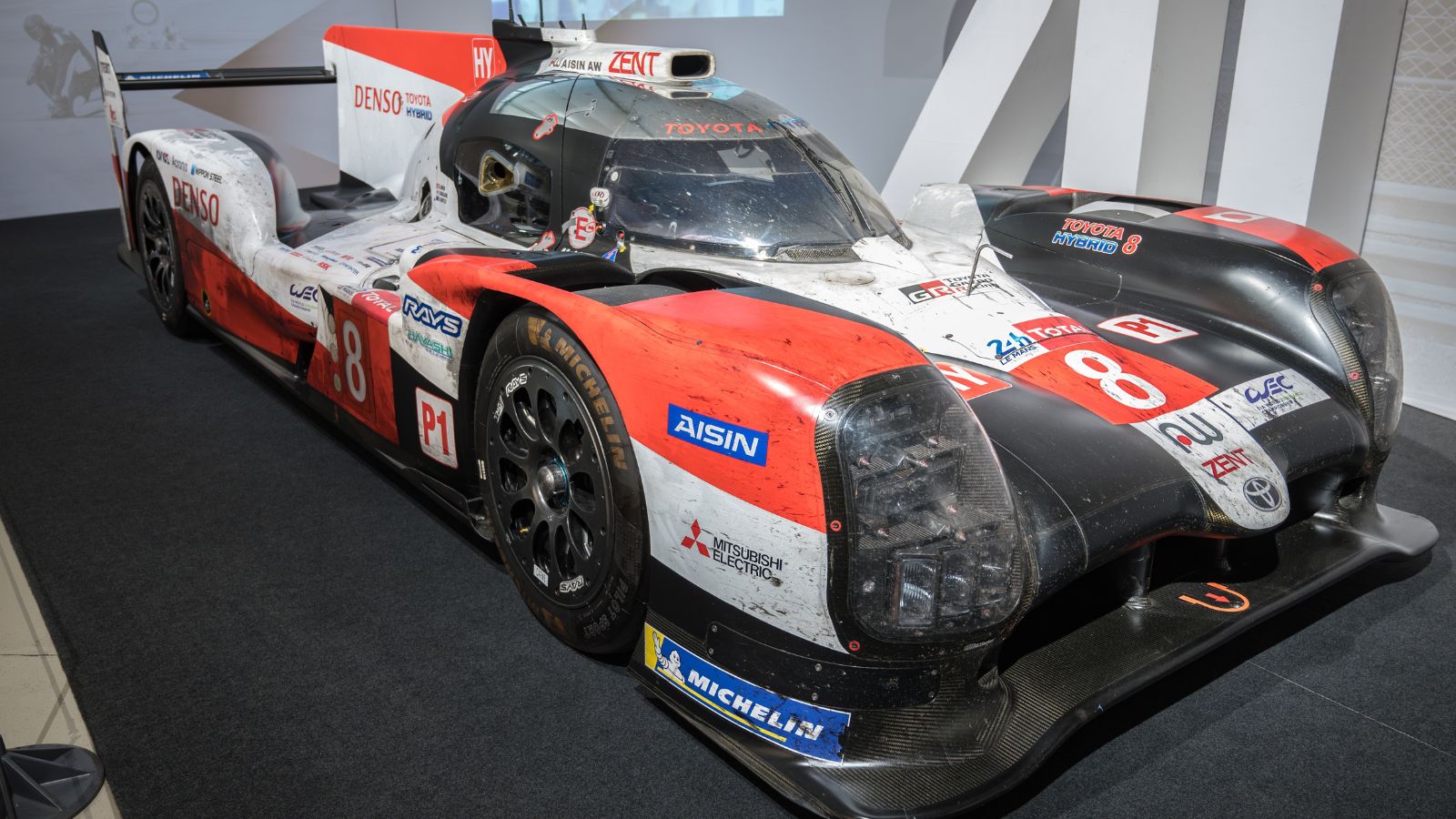
The Toyota TS050 Hybrid is the kind of car that would sneak up on you in a dark alley—if it weren’t so darn quiet. Debuting in 2016, the TS050 marked Toyota’s return to endurance racing with a vengeance. Powered by a hybrid system that combined a V6 engine with electric motors, the TS050 was fast and fuel-efficient, a crucial factor in races like the 24 Hours of Le Mans. After years of near-misses and heartbreaks, the TS050 finally won at Le Mans in 2018 and repeated the feat in 2019 and 2020. With its futuristic design and cutting-edge technology, the TS050 Hybrid is a reminder that sometimes, the quietest cars are the deadliest.
Lotus 49
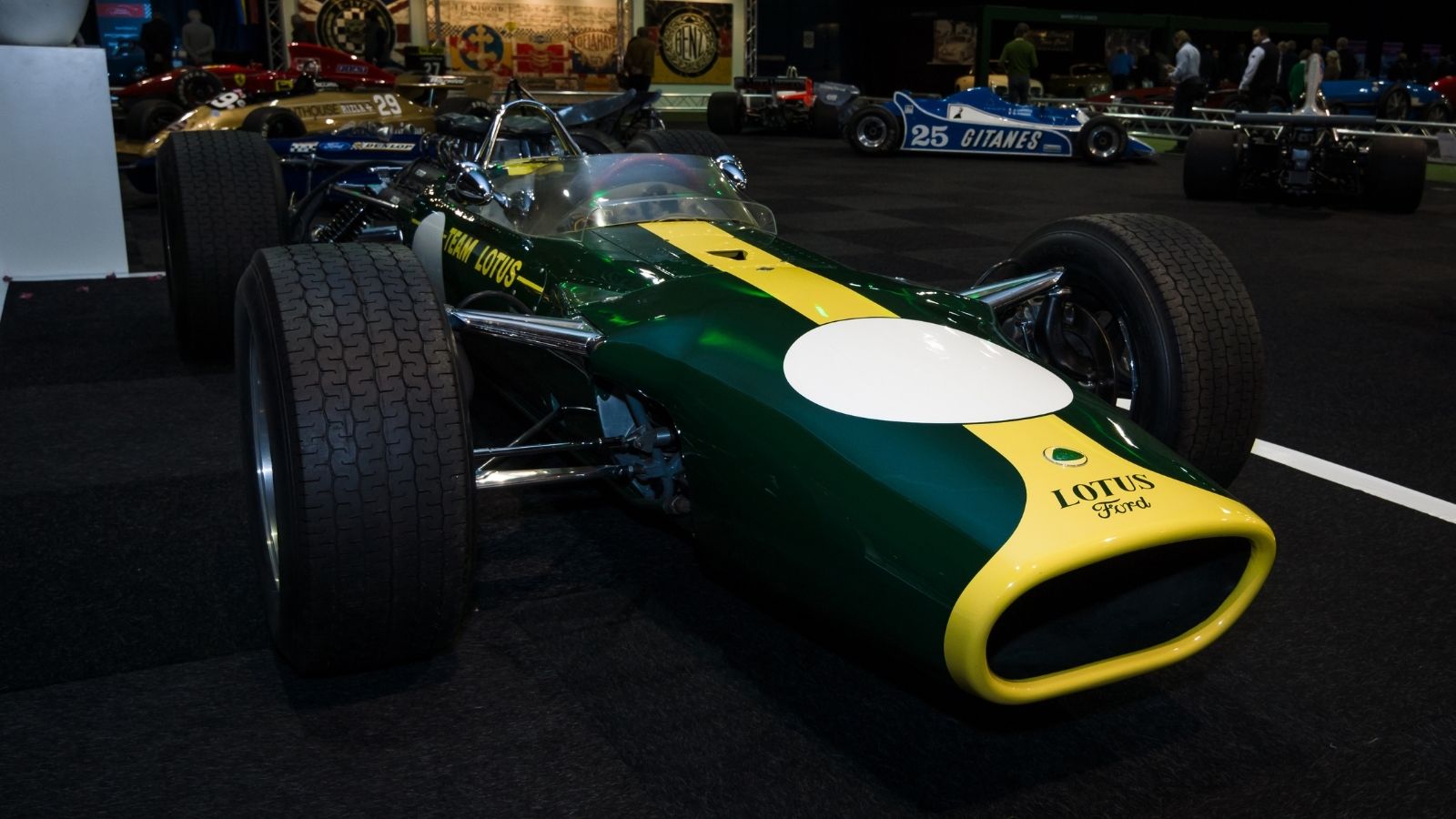
The Lotus 49 was the car that put the “engineering” in “race engineering.” Designed by Colin Chapman, the 49 introduced the engine concept as a stressed chassis member, a revolutionary idea at the time. Debuting in 1967, the 49 was powered by the legendary Ford Cosworth DFV engine, which would go on to become one of the most successful engines in Formula 1 history. The car won its first race at Zandvoort and was competitive for years, helping drivers like Jim Clark and Graham Hill secure victories. The Lotus 49 was a technical marvel that changed how race cars were built, setting the stage for the modern era of Formula 1.
Bugatti Type 35

In the 1920s, the Bugatti Type 35 was the car everyone wanted to beat—and usually couldn’t. Known for its striking blue color and incredible speed, the Type 35 won over 1,000 races, including the Targa Florio, five times from 1925 to 1929. Its success was due to its lightweight design, powerful engine, and impeccable handling. The Type 35 was a true racing thoroughbred, and its influence can still be seen in modern Bugattis. Even today, a well-maintained Type 35 can give modern sports cars a run for their money, proving that some legends never fade.
Peugeot 205 T16
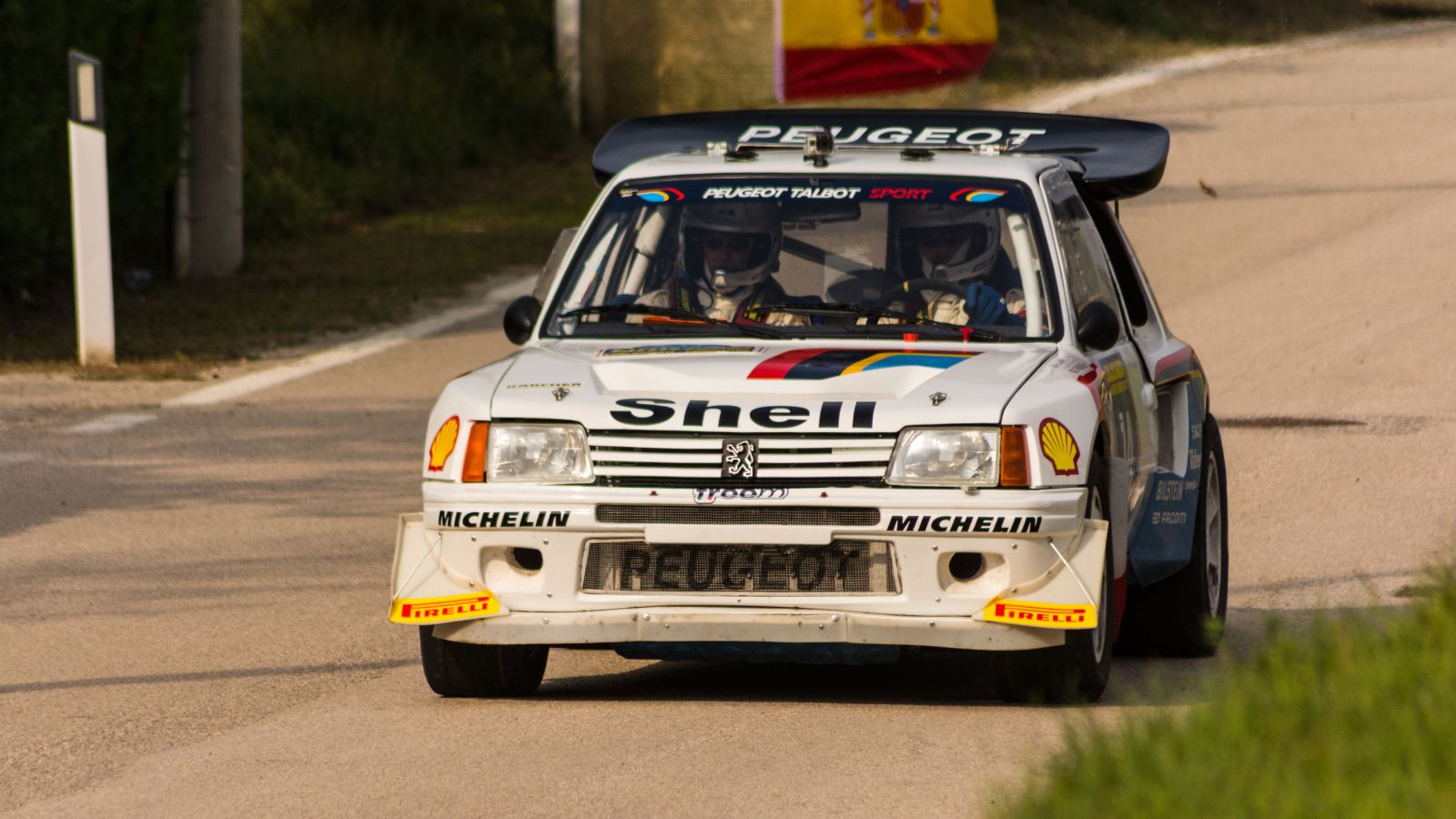
The Peugeot 205 T16 is the automotive equivalent of David in the story of David and Goliath. Competing in the infamous Group B rally class in the 1980s, the 205 T16 was up against some of the most powerful cars in the world. But what it lacked in sheer horsepower, it made up for with clever engineering and nimble handling. The car won the World Rally Championship in 1985 and 1986, cementing its place in rallying history. Group B was eventually banned for being too dangerous, but not before the 205 T16 had written its name in the history books as a giant killer, a car that could punch well above its weight and win.
14 Supercars Under $100K That Deliver Breathtaking Speed and Style
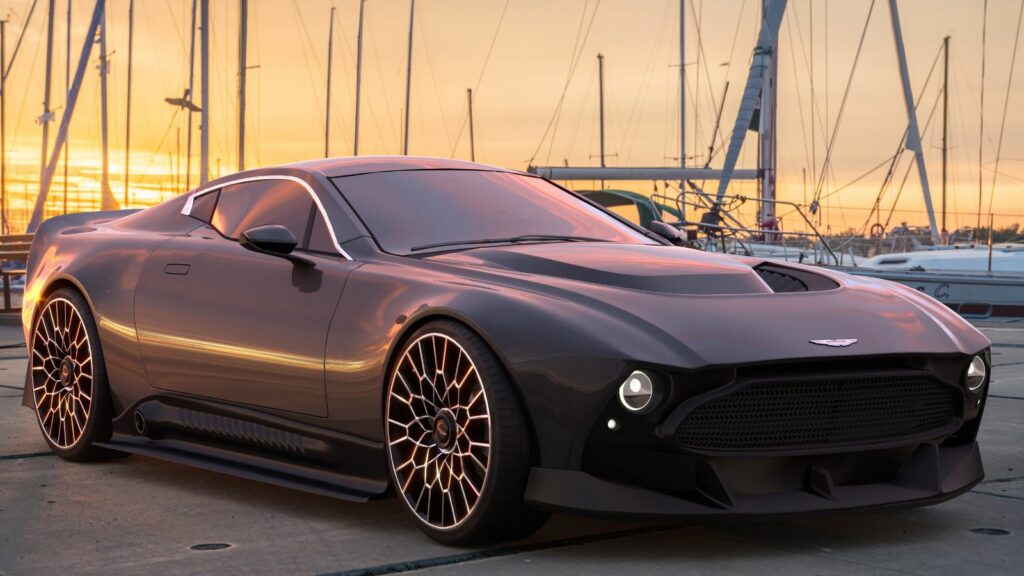
When you think of supercars, names like Ferrari, Lamborghini, and McLaren often come to mind, along with their staggering price tags. However, high-performance vehicles aren’t exclusively reserved for the super-rich. There exists a sweet spot where speed, style, and (relatively) sensible pricing converge, offering thrilling rides without completely obliterating your bank account. Hop in as we explore 14 underrated supercars under $100K.
14 Supercars Under $100K That Deliver Breathtaking Speed and Style
